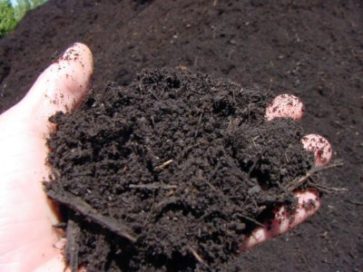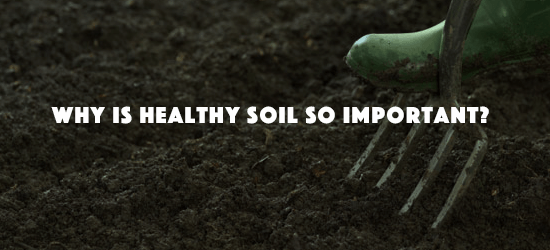
In this case, the best thing to do is to repot your plant with fresh soil and to prevent this issue from moving forward, you can amend the soil with sand or perlite in the mix. While we generally don’t want to repot a plant unless we have to, if the pot isn’t draining, and adding more holes doesn’t help, we don’t have much of a choice.
Soil won t absorb water how to#
Generally, you can fix waterlogged or soggy soil, but it is essential to understand when and how to intervene. Use well-draining soil amendments such as sand and perlite. If that doesn’t help, the plant will likely need repotting. For potted plants, try drilling more holes into the pot. You can do this by elevating the soil such as planting on a mound or raised bed. Where there is a high water table, you can either decide to go with your soil type and plant a bog garden, or else consider installing artificial drainage systems.Soggy soil can be fixed by first increasing its drainage. Many plants can be planted in raised beds to improve drainage. Planting trees and shrubs on shallow raised mounds helps to protect them from waterlogging in wet soil. It is still wise to select plants that are tolerant of wet soil conditions. You will need one barrow load of organic matter per square metre of soil in order to make a significant difference to the soil structure and drainage. Adding sand, grit and gravel is seldom effective as it is not often practical to add enough to reduce the overwhelming influence of the clay content. Organic matter is beneficial to clay soils as it helps chemically to break up the clay into smaller crumbs. If your soil has poor drainage but not a high water table, and if inspection of your soil pit reveals soil that seems amenable to cultivation, then dig in plenty of organic matter. Malvern Autumn Show - 23–25 September 2022.


RHS Garden Harlow Carr Flower Show - 23–26 June 2022.RHS Botanical Art and Photography Show - 9–29 April 2022.RHS Garden Wisley Spring and Orchid Show - 25–27 March 2022.


 0 kommentar(er)
0 kommentar(er)
